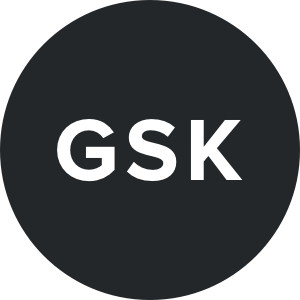EverFreight
EverFreight applies the on-demand business model to a Logistics and Transportation Industry worth $1.4 Trillion. Their goal is to streamline and automate workflow tasks for Freight Shippers, Carriers, and Drivers.
My Role
Working alongside EverFreight’s founders and Product Manager, I lead the design of the iOS and Desktop MVP beginning in early 2016. I guided the team through User Discovery, Product Ideation, and Design Execution to project completion and design handoff in mid 2016.
User Discovery
I worked with the founding team to better understand and document the functioning bodies in the freight industry. During discovery phase it was also important to understand the overall mentality of the logistics and transportation industry to make appropriate comments and product decisions during ideation and execution.
Product Ideation & Scope
Understanding our users and overall market helped us ideate in product meetings by empathizing with users on all three ends of the product. As this was the MVP, I made sure business and user goals were always in harmony before making product design decisions.
Design Execution
I completed Journeys, Flows, Sketches, Wireframes, and Low-fi Prototypes to ensure the product was intuitive for all users before moving to Visual Design. I produced a simple Brand ID and UI for the interface once all UX testing was complete.
Our Challenge
As ratios of Truck Drivers to Shipments are low, the Logistics and Transportation Industry is scrambling to hire drivers and find new solutions to support the high demand of freight. EverFreight’s challenge is to innovate and create higher connectivity in an industry with a very traditional mentality and overall workflow. To ensure product success, strong user research was imperative in understanding the amount of technology and innovation widely accepted by the industry.
EverFreight’s mission is to connect and streamline the workflow of the Logistics and Transportation Industry.
Our Approach
The EverFreight MVP will centralize communication between Shippers, Carriers, and Drivers to ease the current cross-platform workflow and automate manual tasks to greatly reduce communication errors. This improvement to workflow will replace Freight Brokers and give full transparency to the supply and demand within the industry.
Discovery - Setting the Stage for Design
The discovery phase was a fast and focused effort to establish an understanding of business goals, competition in the market, and a deep analysis of each individual user within the shipping process. These discovery steps were vital in understanding our users and defining how the EverFreight product can address their pain points effectively. The following are the key insights that dictated the MVP:
Owner-Drivers Struggle With Brokers
Freight drivers that own their own trucks are often short changed by Brokers that operate in their own interest of commision.
Fleet-Drivers Need Direction
Freight drivers that operate as part of a fleet unit need constant transparency communication from the carrier-dispatcher to avoid dead-head miles between deliveries.
Carrier-Dispatchers Have Too Many Tools
Dispatchers that work as the guidance and planning for the fleet-drivers are overwhelmed with the amount of tools in their workflow, and have difficulty coordinating trucks when away from their desk.
Shippers Feel Unsupported and Want Reliability
Shippers want a timely delivery at a good price. They also want to build trust with their clients through their shipping etiquette–often deliveries that are late or damaged can affect the business relationships.
Meet EverFreight
EverFreight is a unified Logistics and Transportation tool that supports all members of the Shipping process to get freight delivered on time and with ease. Shippers post shipments, and Drivers pick them up – all the backend coordination and planning now automated to make life easy and focused on the job at hand.
Posting Shipments
Shippers enter important load details into a full estimate or quick quote. Once their shipment is posted, the best suited Driver near the pickup location is notified and routed to the pickup. Shippers can also save quotes for later, in case they want to shop around for a better quote.
Assigning Loads
Loads are assigned using a backend algorithm and that matches the load-truck requirements, and notifies the driver or carrier that is (or will be) closest to the pickup at it’s required time. Carriers are able to approve loads to their fleet drivers before notifications are sent.
The Pickup & Delivery
Once Drivers are notified for new pickups, they confirm intent for pickup before a notification is sent to the shipper. Once the driver is ready to pickup, they are guided to the pickup, and then to the delivery. Upon delivery drivers receive a signature from the receiving entity, and document an image of the BOL for confirmation and future reference.
UX PROCESS
How We Got There
Establishing Personas to Guide Thinking

